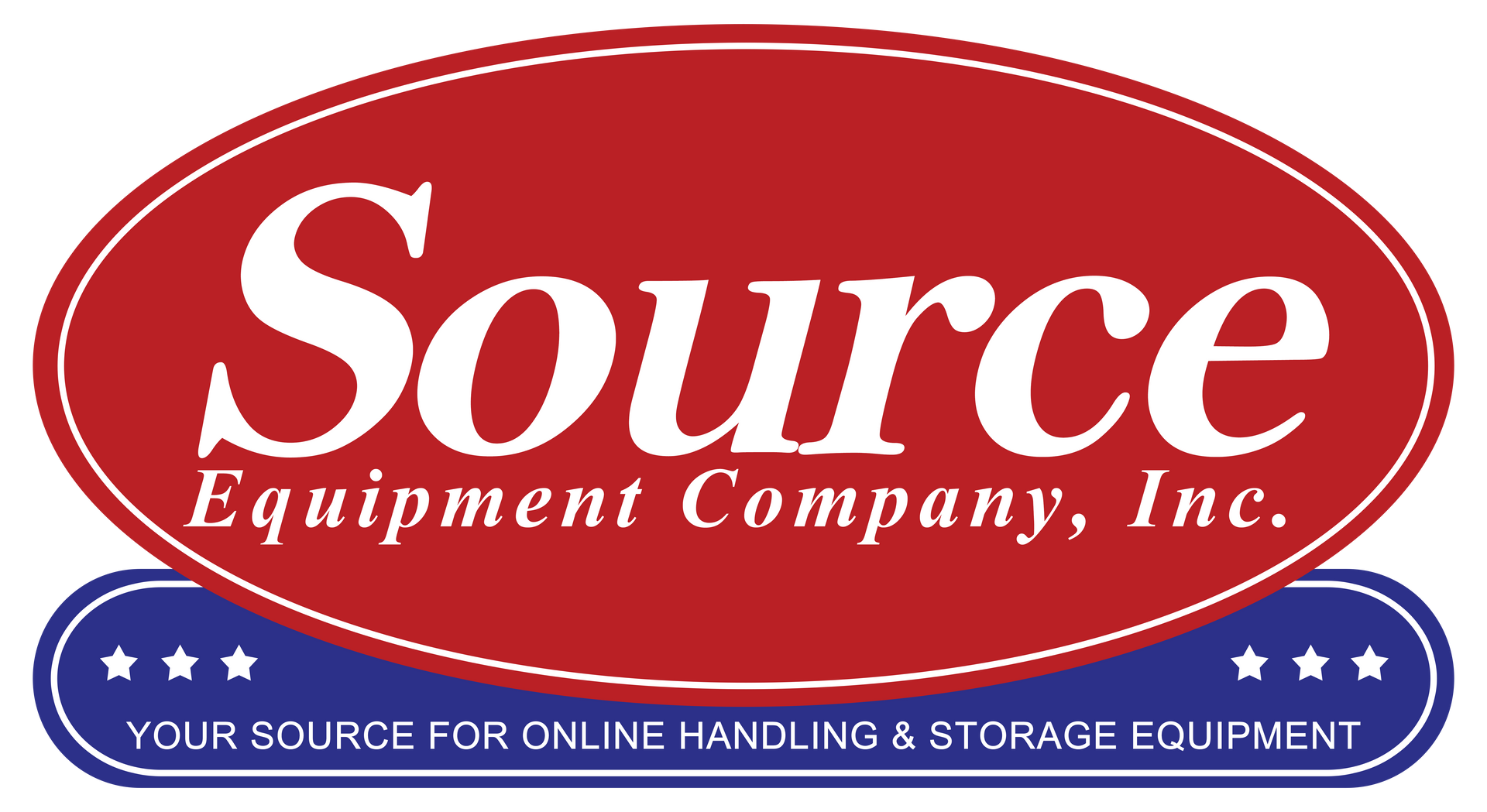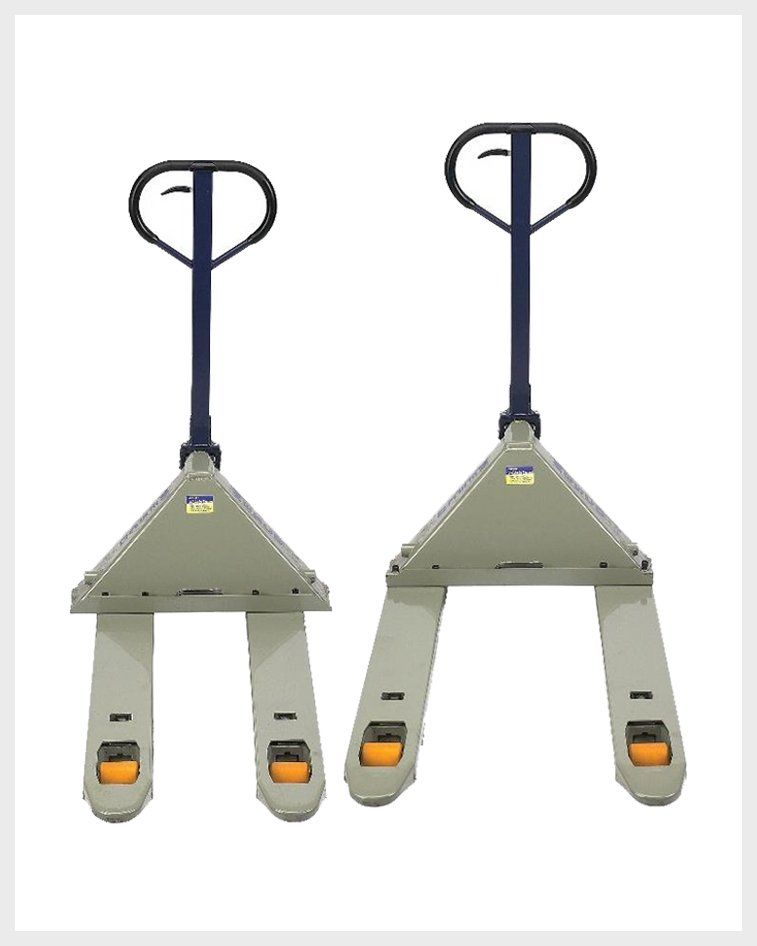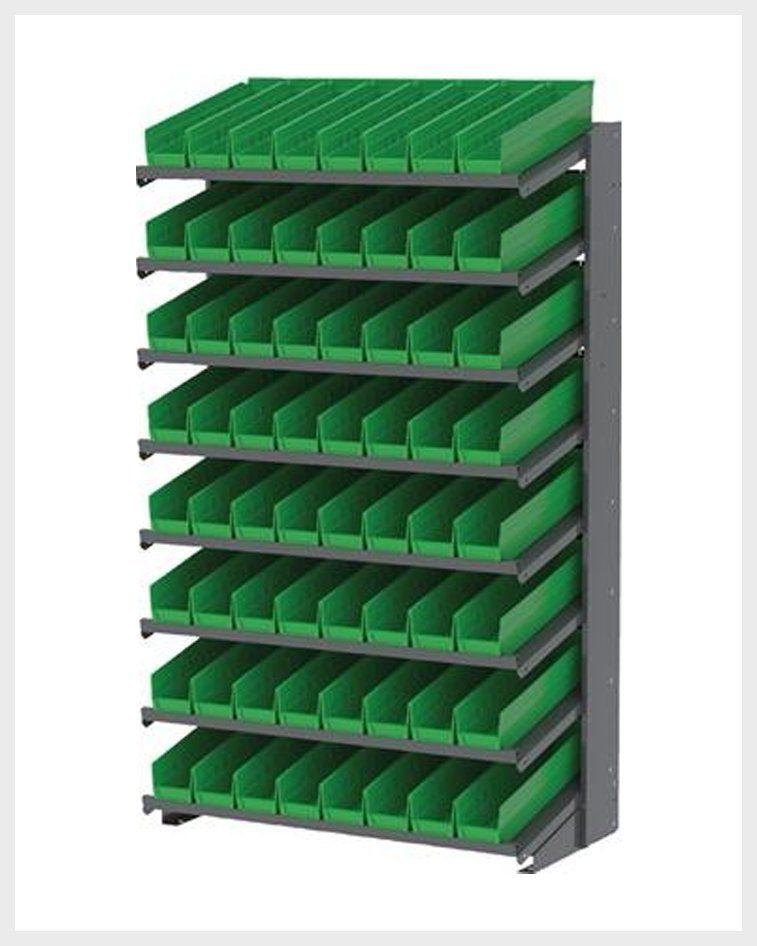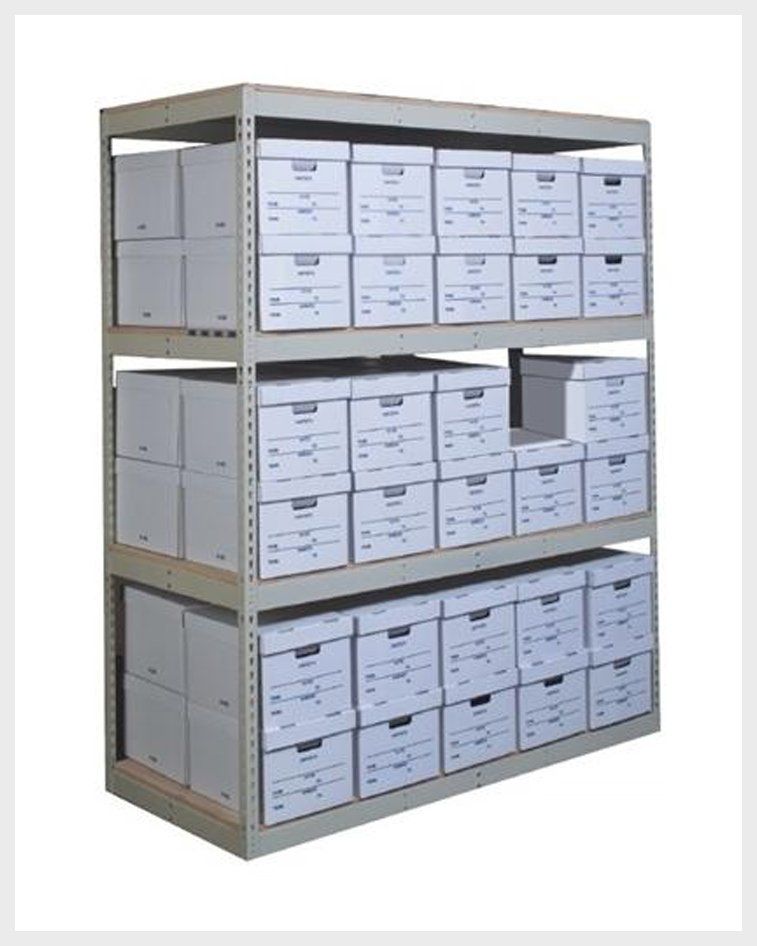The Pros and Cons of Mobile Racking Systems
This is a subtitle for your new post
When it comes to maximizing storage density without sacrificing accessibility, many warehouses turn to mobile racking systems. Unlike static pallet racks, mobile systems are mounted on carriages that move along floor tracks, allowing aisles to open and close as needed. This eliminates wasted space from permanently open aisles, making it possible to store significantly more inventory in the same footprint.
At Source Equipment, we help businesses weigh the pros and cons of mobile racking systems to determine if they’re the right fit. Here’s a breakdown of the benefits and potential challenges.
The Pros of Mobile Racking Systems
1. Maximized Storage Density
Mobile racking can increase storage capacity by 40–60% compared to traditional static racking, making it ideal for high-cost real estate areas or facilities running out of space.
2. Better Use of Floor Space
Since you only need one operational aisle at a time, mobile systems eliminate multiple unused aisles. This allows businesses to reclaim valuable floor space for other operations.
3. Improved Inventory Management
With direct access to every pallet (unlike drive-in systems), mobile racking supports FIFO (First-In, First-Out) and LIFO (Last-In, First-Out) inventory methods.
4. Enhanced Security and Safety
Systems can be equipped with locking mechanisms, preventing unauthorized access to inventory. They also include safety features like sensors and manual overrides to reduce risks during operation.
5. Energy and Climate Efficiency
In cold storage environments, reducing aisle space lowers the volume that must be cooled. This improves energy efficiency and reduces operating costs.
The Cons of Mobile Racking Systems
1. Higher Upfront Investment
Mobile systems require tracks, carriages, motors, and controls, making the initial purchase cost higher than traditional static racking.
2. Maintenance Requirements
Because they include mechanical and sometimes electrical components, mobile racks need regular maintenance to ensure smooth, safe operation.
3. Slower Access in High-Volume Operations
If your warehouse requires simultaneous access to multiple aisles, waiting for racks to open can slow down throughput compared to conventional wide-aisle racking.
4. Floor Requirements
Installation requires level floors capable of supporting the additional load. In some cases, existing facilities may need floor reinforcement before installing a mobile system.
5. Complexity of Integration
Adding automation, WMS (Warehouse Management Systems), or integrating with existing workflows may require additional planning and cost.
Is Mobile Racking Right for You?
Mobile racking systems are best suited for:
- Warehouses with high storage density needs
- Facilities with limited real estate or high land costs
- Cold storage environments
- Operations with medium-volume picking (not constant, high-speed picking)
If your business values maximum density and can manage slightly slower access speeds, mobile racking could be the perfect solution.
How Source Equipment Can Help
We provide:
- Mobile racking systems designed for your space and inventory
- Consultation on layout, floor requirements, and equipment compatibility
- Installation support and ongoing maintenance guidance
📍 Ready to see if mobile racking is right for your facility? Visit www.sourceequipment.com to schedule a consultation.





